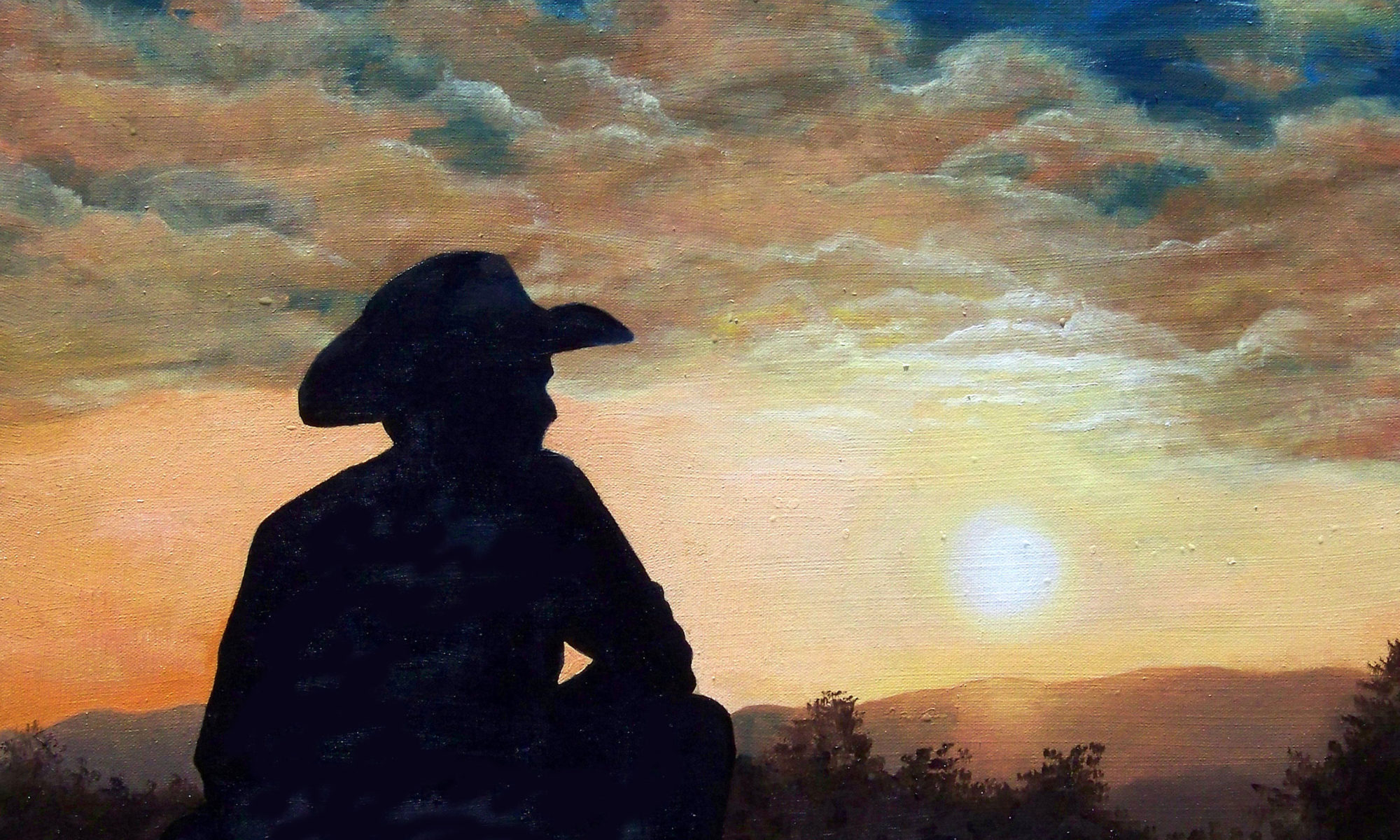This blog post discusses my painting process—how I transform an empty canvas into a finished piece.
W.I.P. (Work in Progress)
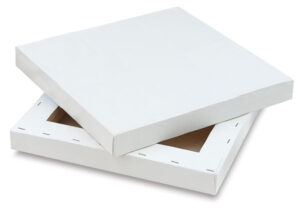
All of my artwork is composed and painted on stretched canvases that have been commercially primed. I prefer gallery-wrapped canvas. It is the type of canvas that wraps around the stretcher bar support. This allows me to carry the painting around the edges of the canvas, giving it a more modern look. It also means the painting will not require a frame for display unless the customer wants it framed.
Gesso Primed Stretched Canvas
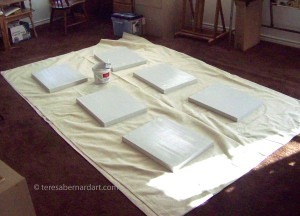
Even though the canvas I use has already been pre-primed by the manufacturer, it’s not sufficient. Additional layers of primer are needed to provide proper support for the pigment. Before I start painting, the canvas has to be prepared and made ready to accept the oil paint. I apply two layers of gesso to the canvas and allow each layer to dry thoroughly between coats. After that, the canvas is gently sanded to remove any rough edges. I try to prime as many canvases as possible at a time. That way, I always have a ready supply of canvases on hand for whenever inspiration strikes, and I want to start a new painting.
For step-by-step instructions on how to prime a canvas using gesso, check out this article on WikiHow: “How to Prime a Canvas.”
Sketching The Image
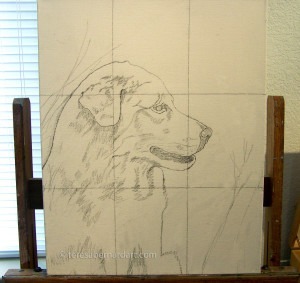
After the canvas has been properly prepared, it’s time to start sketching the image onto the surface of the canvas. Every painting begins as a simple grid drawn on the canvas. This grid serves to aid in the placement of the focal point and other elements where they will best complement the overall composition. Using a pencil or stick of charcoal, I begin sketching the image that will eventually become the finished painting. I try to make the sketch as detailed as I can, making sure to include the shadow areas too.
BTW, I normally don’t make my grid lines this dark. It’s best to keep them light. I only made them dark so they would show up better for the example. I will remove them before the layer of under paint goes on.
The Underpainting
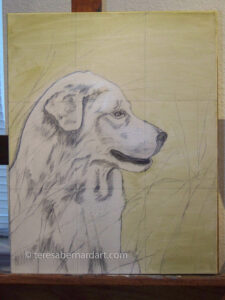
An underpainting is the first layer of paint applied to the canvas and serves as a foundation for the subsequent layers of paint that will be applied as the painting progresses. It’s an important layer that’s largely made up of pigment and medium (a mixture of mineral spirits and linseed oil). I use this underpainting layer to get rid of the stark white canvas surface and begin blocking in color, which also helps define the image’s basic outline. I keep this layer thin, making sure not to cover up my sketch lines. That will happen later as I develop the painting by adding more layers of pigment. Once the underpainting layer has dried, I begin laying in oil paint layer upon layer and adding more and more detail as I go until the painting is finished.
Painting in Layers
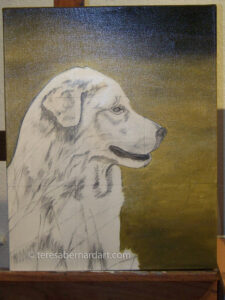
I paint in layers, allowing each layer to dry before adding the next. It takes longer to finish a painting this way, but this technique will enable me to achieve the effect I’m working toward. Depending on the amount of detail that needs to be included in the composition, some paintings will have more layers than others. Allowing each layer to dry reduces the overall drying time required before applying the final layer, which is varnish.
Applying Varnish
After the painting is finished and has had time to thoroughly dry, I will apply a coat of artist-grade clear varnish to protect it and bring out the colors.
For more information on varnishing, see The Importance of Varnishing Oil Paintings.
The Finished Painting
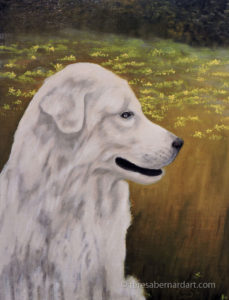
The Large White Dog
Domestic Pet Painting by Teresa Bernard
16″ w x 20″ h
Oils on gallery wrap stretched canvas
Read more about this painting here.
Art Gallery Quick Links
Flowers | Landscapes | Marine | People
Space Art | Still Life | Wildlife
Additional Reading
Developing an Artistic Style of Your Own
DIY Storage for Fine Art Paintings
Three Types of Oil Painting Canvas
More information about this topic and many others can be found in My Artist Blog Index. Check it out!
Thanks for reading this!
Feel free to share this with your friends.
